Diamonds May Be a Girl’s Best Friend, But Is the Law? – Protecting Your Jewellery Designs
Sharon Givoni Consulting Arts and design
Jewellery designs are a labour of love and beauty which form the foundation of any business – and to see that your designs ripped off can make a heart sink like a 24-karat rock.
In our experience, jewellers tend to make the mistake of a reactive rather than proactive approaches to protecting their designs.
We often see jewellery businesses failing to register their designs, which gives them an enforceable right. Many jewellers don’t realise there are simple steps they can take which will make a world of difference in the law.
For this reason, we always recommend jewellers seek legal advice for appropriate protection strategies to ensure they have recourse if they are copied.
This article will give you a general overview of some protection avenues available to jewellers.
So How Can I Protect my Jewellery Designs?
There are many ways jewellers can protect their designs, including:
- Copyright protection as works of artistic craftmanship;
- Design registration; and
- Trade mark registration
Copyright Protection
In Australia, copyright protection attaches automatically to copyrightable works as soon as the work are reduced to material form.
In the case of jewellery, your jewellery may be protected as a work of artistic craftmanship.
For example, take the case of Ayala Bar, a designer who handcrafts her jewellery under her eponymous label Ayala Bar Jewelry.
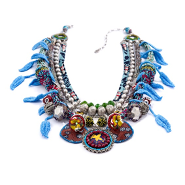
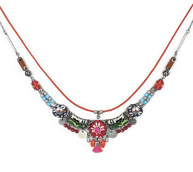
As Ayala and her team of designers create unique pieces by hand, they are considered works of artistic craftmanship and thus are protected by copyright.
However, it is important that an item of jewellery may lose such copyright protection if it is considered to be industrially produced. This generally covers situations where your jewellery is mass-produced in some form.
However, even where copyright protection is lost, a jewellery piece may be protected by a registered design.
Design Registration
Unlike copyright protection, the rights over a design do not arise automatically but must be registered with IP Australia. Successful registration gives the owner a monopoly, that is, an exclusive right, over that design.
In other words, a design right owner can prevent other businesses in the Australian market from making, using, importing or selling a jewellery product that has the same or similar design to theirs.
Unfortunately, a design cannot be enforced until it is certified – so when it comes to design registrations, time is of the essence.
For this reason, we always recommend our clients register their designs as a proactive approach to protect them in the event that their designs are copied.
What Are the Benefits of a Registered Design?
The owner of a registered design enjoys the following benefits:
- Registered designs protect the jewellery’s new and distinctive visual features against copying.
- Registered design usually covers aspects such as materials and proportions of the design, so separate designs may not be necessary.
- Registered designs can also be used as a defensive measure to prevent a competitor from obtaining legal protection over the appearance of a product by them lodging their own registration.
- A registered design can provide this defensive position due to the publication of the design on registration by IP Australia. Once published, the registered design becomes prior art for any design application that is filed afterward.
- A registered design is recognised worldwide which means that you can usually stop a competitor from obtaining a valid design registration for an item having the same or a similar appearance overseas.
- You can apply for registration of a design but request that it is not published to the public.
In Australia, there are various registered jewellery designs on the system, but in our view, design registration is underutilised by those in the industry.
Trade Mark Registration
Clients are often surprised that they may also be able to trade mark their jewellery design.
Whilst the words “trade marks” may immediately bring to mind the Golden Arches or the Apple logo, in actual fact, trade marks come in all shapes and sizes.
In fact, companies can and do register sounds, shapes and colours as trade marks!
Ultimately, trade mark registration is a strong method of protection for any “sign” or branding device that has become strongly associated with your business.
For this reason, we always recommend jewellers consider trade mark registration as part of their intellectual property protection strategy.
For example, did you know that Tiffany & Co has trade marked their signature blue box?
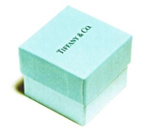
The description of Tiffany’s trade mark taken from IP Australia’s register reads as follows:
“The trade mark consists of both the words TIFFANY & CO and a robin’s egg blue box as depicted in the representation attached to the application form. The applicant claims the colour as an essential feature of the trade mark.”
Similarly, luxury jewellers Canturi have registered two of their jewellery designs as trade marks, below:
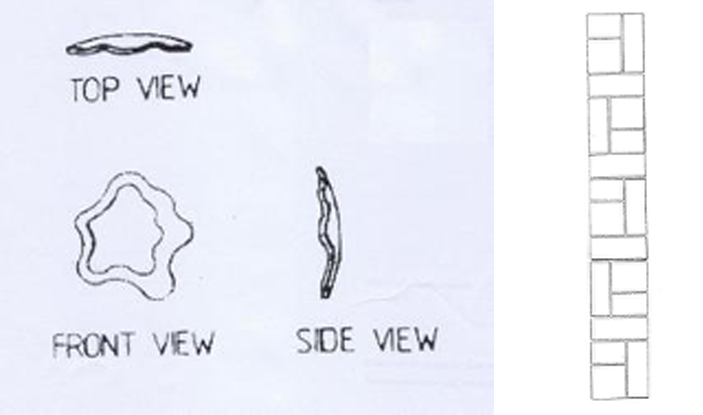
The first design is described on the register as follows:
“The trade mark is three dimensional and consists of the shape of stylised coral as represented in the application form”
…and the second design as:
“GEOMETRIC-SHAPES FORM RECTANGLE,VERTICAL,SEGMENTED”
Take a look at the table at the bottom for some more interesting trade marks registered by jewellery companies:
| Owner | Trade Mark |
|---|---|
| Jayatarras Holdings Pty Ltd |  |
| Porter International Co., Ltd | 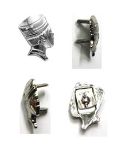 |
| Autumnpaper Limited | 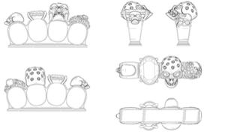 |
| Tiffany and Company |  |
| Bulgari S.P.A. | 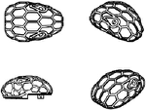 |
| Lokai Holdings LLC | 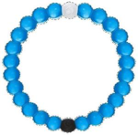 |
| Kirstin Ash Pty Ltd | 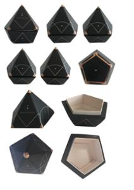 |
A Case Study – inSync design with Iris Saar Isaacs
Melbourne-based Iris Saar Isaacs is the designer and founder of award-winning jewellery studio ‘inSync design’, and is known for her unique ‘hand-drawn’ jewellery.
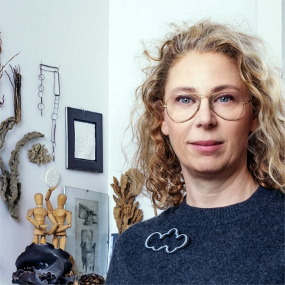
Photographer © Shane Nagle
Each design begins with free-hand drawings which are then made up in paper and soft sheet metal. Iris’s artistic process very much rings true to her background in graphic design and sculpture – the initial mock-ups are held up against the body to determine proportion and alignment. Once the composition and scale are correct, the designs are laser-cut from stainless steel in small batches which, if proving to be popular, joins a staple collection of designs.
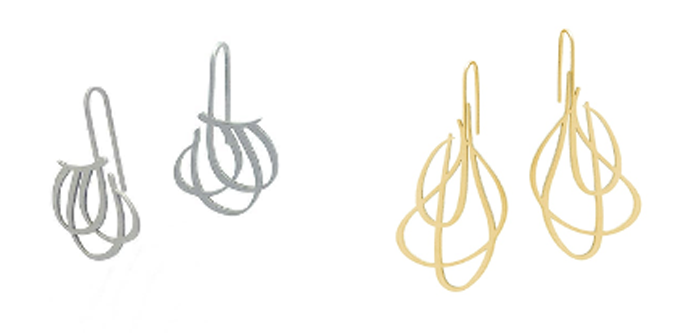
Photographer © Iris Saar Issacs
Iris has endured her fair share of copy-cats, and, with all due respect to Oscar Wilde, the experience has been more an insincere form of flattery. In fact, having built a stronger e-commerce platform as a result of the COVID-19 pandemic, Iris found herself more exposed than ever to the internet’s “mass-copying machine”.
To an extent, however, Iris recognises this as part and parcel of the artist’s work. The sterling silver lining? It pushes her to keep creating and pushing the boundaries of her designs.
Conclusion – Copycat designs and knock of jewellery
Every business is different and we can help you put an effective IP strategy in place to protect your jewellery designs.
Is there anything that you need to register?
Do you know how to monitor the market for infringers?
What steps are available to you if you have been copied?
No matter the situation, we have the technical expertise and experience to help you and your business put your best foot forward.
DISCLAIMER: Please note the above article is general in nature and does not constitute legal advice.
Please email us info@iplegal.com.au if you need legal advice about protecting your Jewellery designs.
Article by Sharon Givoni, Principal Solicitor
Sharon Givoni Consulting
www.sharongivoni.com.au
www.owningit.com.au
